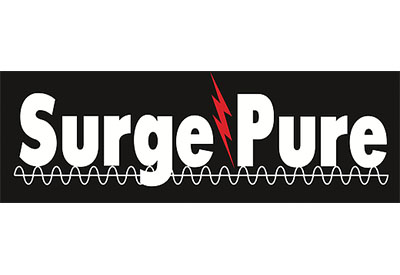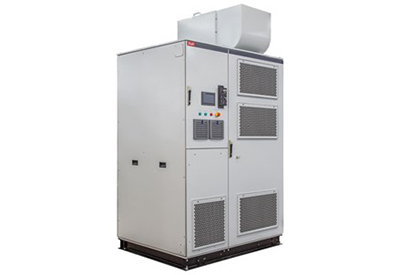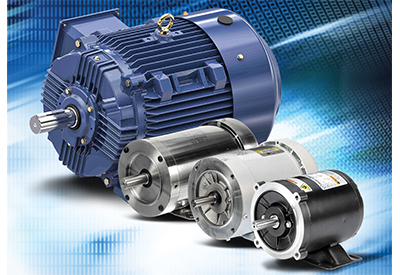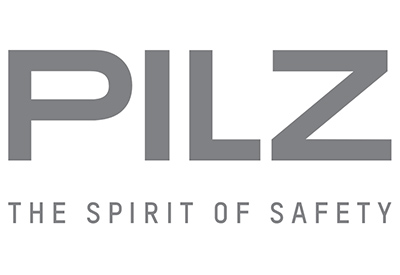Powerful WLAN Modules with Wi-Fi 6 (IEEE 802.11ax) for Industrial Automation
May 13, 2024
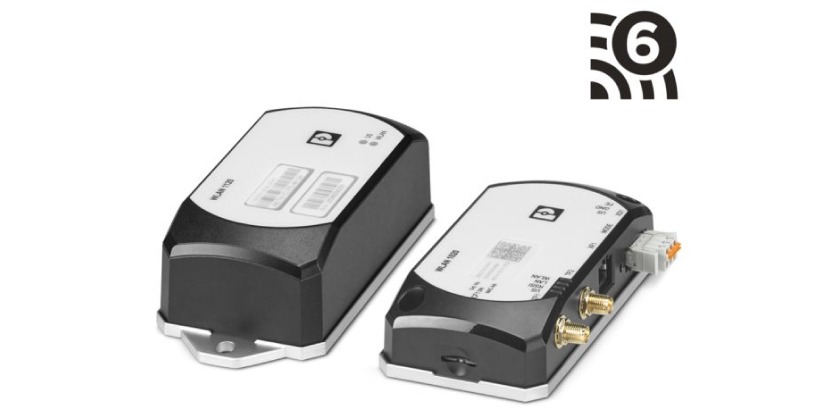
Phoenix Contact is extending its industrial network portfolio with WLAN client modules in accordance with the Wi-Fi 6 (IEEE 802.11ax) technology standard. The new modules in the WLAN 1000 series support WLAN gross data rates up to 2,402 Mbps at 160 MHz bandwidth.
High-performance and reliable wireless communication networks are a prerequisite for the increasing mobility and flexibility of production and material transport systems in the smart factory or in smart manufacturing. With the new generation of WLAN modules, Phoenix Contact provides suitable products that meet the growing demands placed on modern wireless data transmission.
The W LAN client modules offer the latest Wi-Fi 6 technology (IEEE 802.11ax), high performance, and a particularly high level of security and reliability. With its powerful hardware and modern industrial Wi-Fi 6 board (IEEE 802.11ax), the WLAN 1000 series has up to ten times more data throughput compared to the current modules in the WLAN 1000 product family based on Wi-Fi 4 (IEEE 802.11n).
The devices provide W LAN data rates up to 2,402 Mbps gross (160 MHz channel). Despite the considerable performance gains, the compact and proven housing designs are retained. This makes it easy to switch to the new generation of WLAN modules.
Compared to previous Wi-Fi generations, Wi-Fi 6 opens up significant improvements in terms of robustness, real-time capability, and efficiency – especially when creating larger networks with many devices, such as AGV or shuttle systems. In addition, the hardware of the new W LAN modules is already equipped to support the Wi-Fi 6E standard, which will allow wireless communication in the new, largely unused 6 GHz band in the future. This is planned for 2024. Implementation depends on the result of the country-specific approval process for the devices.
More Information
Related Story
Power Supplies for Extreme Ambient Conditions from Phoenix Contact
The third generation of power supplies sets a new standard in machine building. The power supplies are compact, robust, reliable, and impress with their easy handling. With the protective-coated PCB, the new power supply ensures high system availability, even under extreme ambient conditions. The coating protects against dust, corrosive gases, and humidity. Failures due to creepage currents and electrochemical migration caused by corrosion are also prevented.


